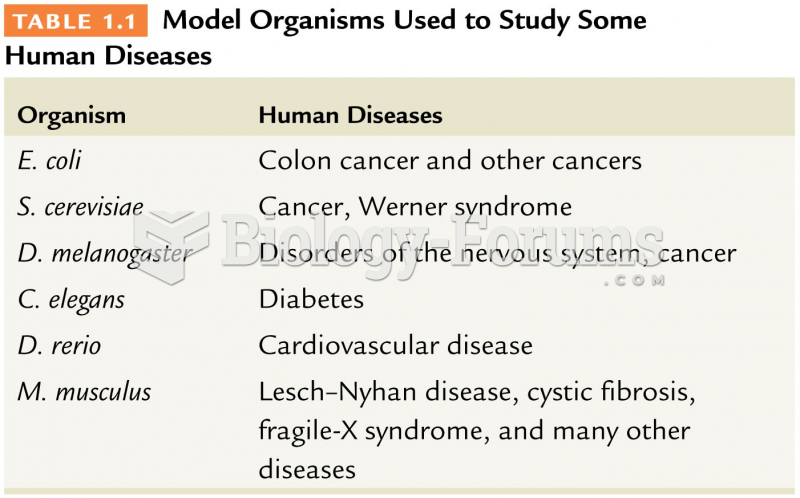Answer to Question 1
Ans: A, C, D
Feedback:
Cross-sectional studies (prevalence studies) are an example of public health survey research. Survey research focuses on the collection of information regarding the status quo of some situation(s) by questionnaire or by interviews with a sample of respondents. The main principle of survey research is that the sample of respondents must represent the population from which it was drawn. In this type of study, the population to be studied is defined, and data are collected from members of the group about their disease and exposure status. The data represent a point in time; therefore, they provide a snapshot of the population. Cross-sectional studies are good for examining the relationship between a variable and a disease/condition but not for determining cause and effect, which requires the collection of data over time. Subjects are randomly assigned to treatment and control groups in randomized, control group intervention studies, not in cross-sectional studies.
Answer to Question 2
Ans: A
Feedback:
An association is a statistical relationship between two or more events, characteristics, or other variables. Causality is the relationship between two variables in which the presence or absence of one variable (the cause) determines the presence or absence of the other (the effect). A relative risk not significantly different from 1 (statistically) indicates that there is no association between the exposure and the risk of disease. A p value > 0.1 indicates a lack of statistical relationship.







